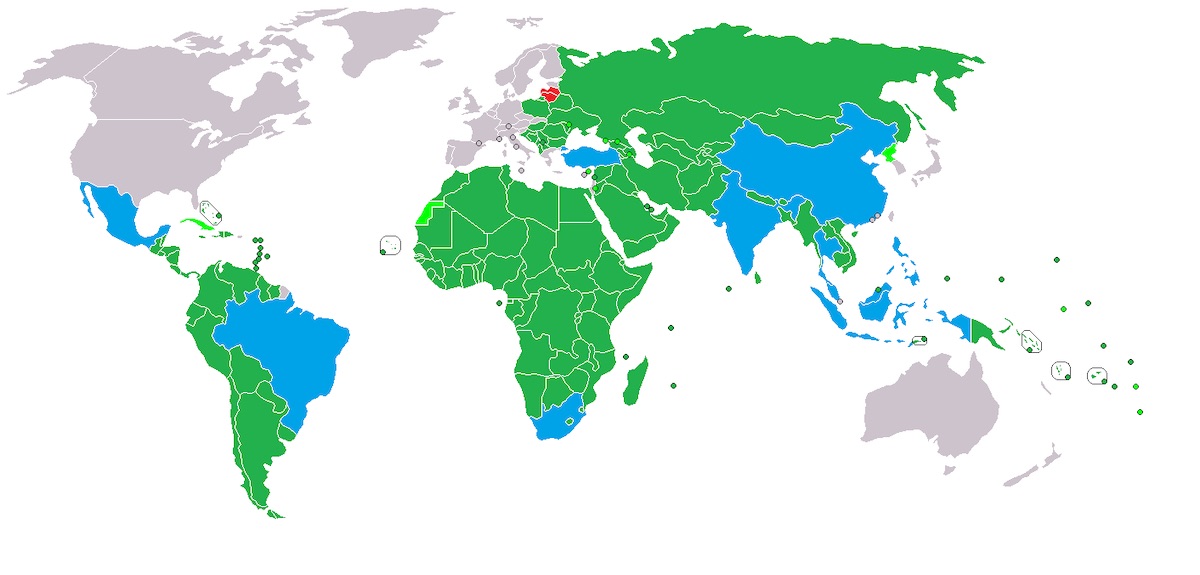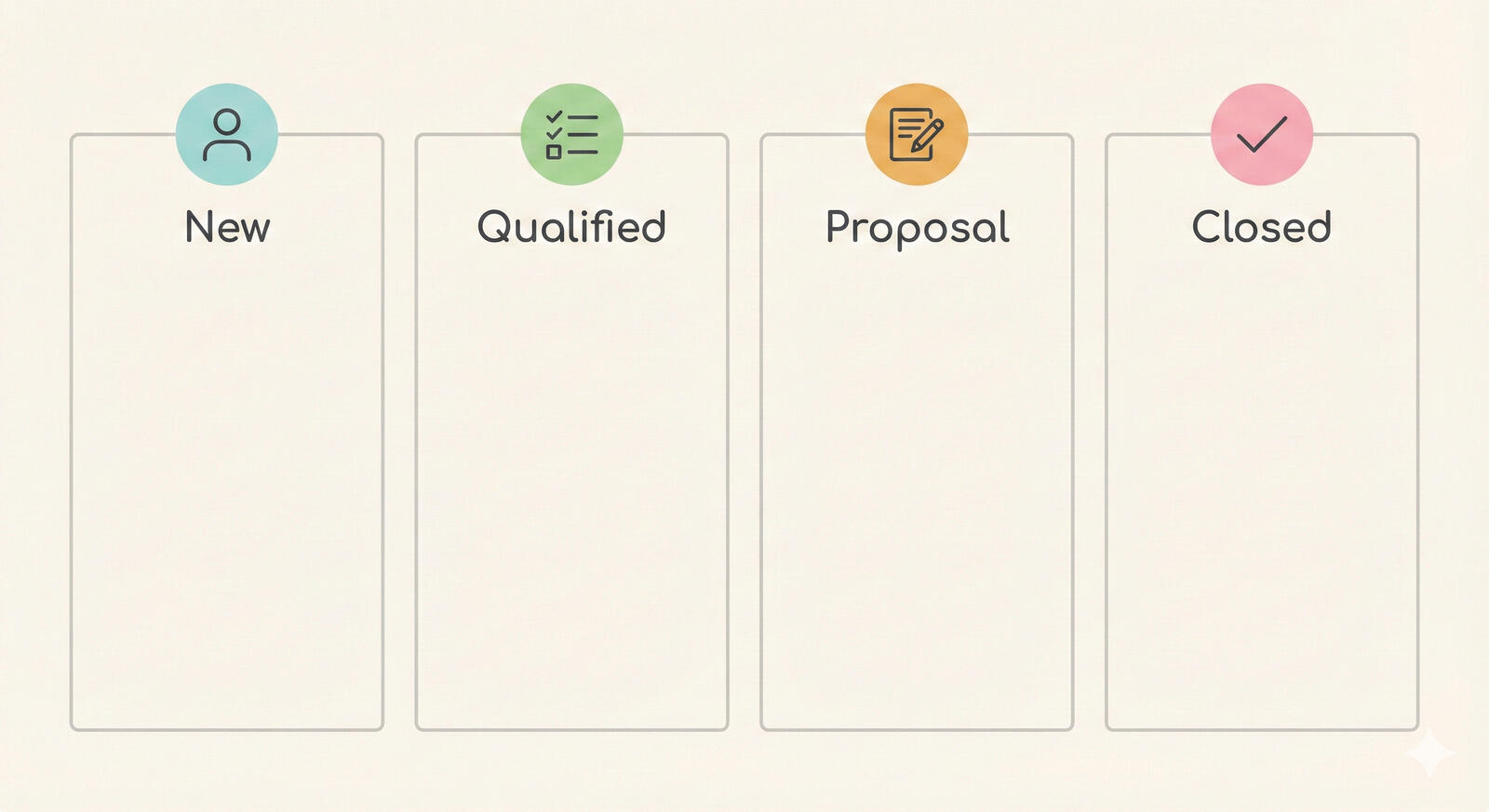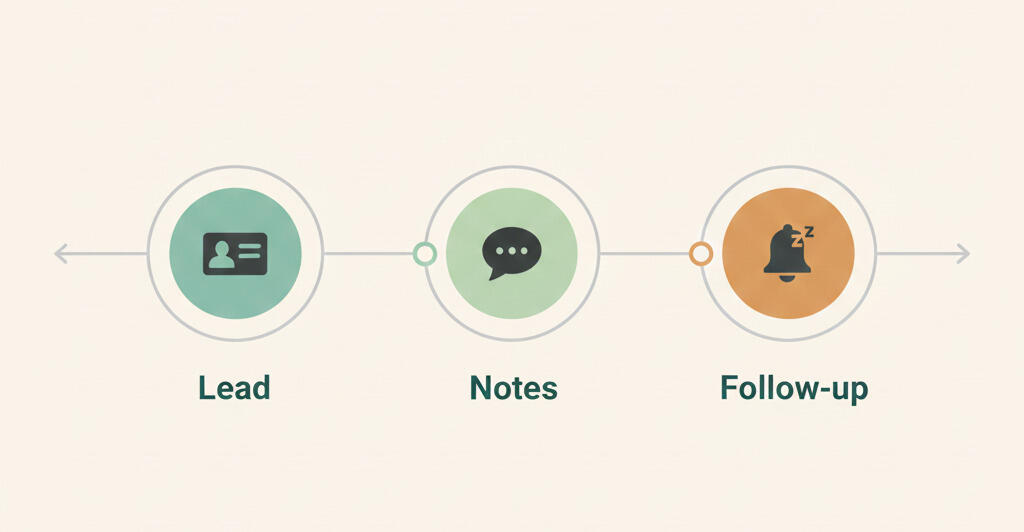The business opportunity of the developing world
The potential of the growing global middle-class

B2B and B2C experiencing drag in home markets
Many B2B and B2C businesses in developed economies are experiencing drag in their home markets. Record lows in interest rates have persisted for almost a decade as a means to stimulate growth. However, for many businesses that cater to the needs of consumers and other businesses, growth seems to be sluggish.
Developed economies are contending with a range of political and economic issues which feed the dialogue of uncertainty, and which depress consumer and business confidence, making people reluctant to spend on non-essential items or delay investment.
Technology goes on creating winners and losers. There are those that actually triumph from designing, engineering and running technology; and there are also those that succeed by utilizing technology.
Old inefficient working practices that rely on paper-based manual processes continue to be swept away. And coming waves of technology are promising to revolutionize many traditional jobs. The promise of machine learning and Artificial Intelligence can be both a thing of wonder and terror, depending on whether you might end up on the winning or losing side!
Here we look at how businesses in developed economies can escape some of the drag of low confidence in home markets by targeting untapped markets elsewhere.
The growing middle-class across the world
In the context of society, the idea of ‘class’ may seem like a throwback to the past. It alludes to a time of deep division between the left and right, where people were split along the ideologies of socialism and capitalism. In mainstream thinking, ‘class’ has largely given way to using ‘wealth’ when defining where individuals sit in the structure of society.
However, the term ‘middle-class’ is being widely used to describe the growing numbers of people that are entering the mid-tier of wealth. There is no division of socialism or capitalism here. It simply describes the increasing numbers of people around the world that are reaping the benefits of economic prosperity and that now have disposable income.
An increase in global prosperity
Some might say that this seems counter-intuitive, because there seems to be so much global news about economic woes, political divides and armed conflicts, how can it be true prosperity is growing?
Moreover, when we consider ongoing events such as the migration crisis from Africa and the Middle East into Europe; and the trafficking of people from as far away as the Indian sub-continent and South Asia into the US via Latin America and Mexico, it suggests that if there is an increase in a class of people, then it is more likely to be of those experiencing crushing poverty. Where is the evidence to support the growth of the middle-class?
A new paper analyzing global poverty, published by the respected US research institution the Brookings Institution, frames the fact like this: “Something of enormous global significance is happening almost without notice. For the first time since agriculture-based civilization began 10,000 years ago, the majority of humankind is no longer poor or vulnerable to falling into poverty.”
Humanity doing better than any time in 10,000 years
Authored by Homi Kharas and Kristofer Hamel, this is a bold, brave statement and despite all the things that might suggest something to the contrary, essentially, averaged across the global population, the human race is doing better than it has done at any time in the previous 10,000 years.
It’s worth understanding where the paper benchmarks the borderlines between poverty, middle-class and wealthy. To establish the bottom end of the range, the authors take the official poverty levels in Italy and Portugal. Not only do these countries have well defined poverty criteria, they also have significant levels of people classed as poor.
In identifying the mid-range, they take the OECD’s definition of middle class, established in a 2010 paper also written by Homi Kharas, a well-respected thinker. At the bottom of the middle-class, a family might expect to be able to access healthcare and education and to afford travel on top of subsistence essentials, such as food, clothing and shelter. They might not have a car, but would certainly have transport in the form of bicycles or mopeds. When it comes to communications and technology, they would all have mobile phones.
How rich to be wealthy?
For the top end, the level at where middle class people are identified as wealthy, the report doubles the median income level of the richest European country, Luxembourg. But what does this actually equate to?
The statistical median of disposable household incomes in Luxembourg is around $10,000 a month. One extrapolation of this suggests a family of four needs an after tax annual income of around $163,000, or approximately $272,000 before tax to be classed as wealthy.
According to calculations by the paper’s authors, September 2018 was the tipping point when the number of people in the world who were middle class or rich (3.8 billion +) exceeded the number that were poor from the Earth’s total human population of 7.6 billion. Projections put forward in the report suggest that by 2030, middle-class numbers might hit 5.6 billon people.
A business opportunity… and a challenge
There is no disguising the fact that there is a significant business opportunity here. Moreover, it is one that is going to continue to develop over time. Businesses that might wish to target the newly emerging members of the middle-class shouldn’t be put off if they have never thought about the potential of going after consumers in overseas markets before. There is more than enough time to get going from a standing start.
However, as well as being an opportunity, designing physical and service products for these people poses a challenge. The major slices of the new middle-class are going to be in China and India. Are they going to have a taste for the same high value products and services favored by their western counterparts? Or are they going to want something more aligned with their own cultural roots?
Try a strategic approach
Whether it is adapting existing products, or rethinking from scratch, a New Product Development (NPD) strategy is probably the best approach for most. This enables the processes attached to developing products to be structured in such a way that important details and steps are not missed out. It can be easy to get carried away and a structured approach to NPD is the best way of getting things right. Importantly, it minimizes the potential for wasting money.
Once questions over the precise shape and form of products and services have been settled, then there are the questions about actually selling in overseas markets. The objective of expanding into different territories and regions may bring a range of issues. Problems might arise due to licensing or in-country distribution rights. Carriers might be unreliable or may have security issues attached. Or supporting products in overseas territories might need careful planning and execution.
But what of the poor?
The idea of the growing middle-class does have one uncomfortable side issue. What about the fate of those faced with crushing poverty? From the perspective of our collective social consciousness the plight of the poor may not be of concern to everyone, but for many, it does matter.
By 2030 report suggests there will be 2.3 billion classified as vulnerable and 450 million in extreme poverty. It also suggests that every second of every day, roughly five people enter the middle class and one person escapes extreme poverty.
No doubt, international efforts by government and non-governmental organizations will adapt to invoke any changes that may be required to their aid efforts. With the proportion of the world that is in poverty becoming smaller, we can all find some semblance of satisfaction that the world is actually making progress.








